Warty euonymus: description, planting and care
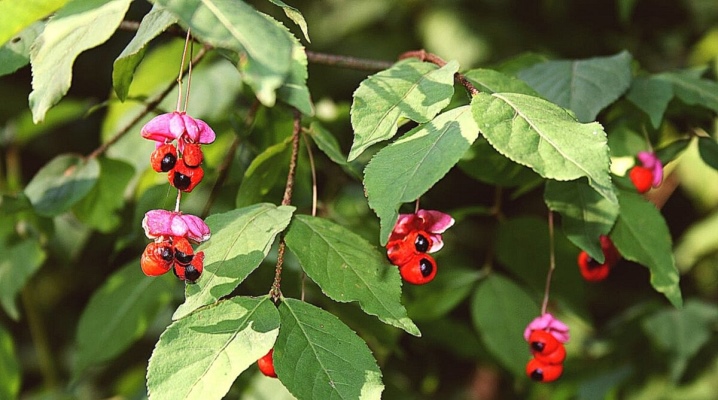
Warty euonymus is a perennial deciduous shrub. It is characterized by very slow growth and tubercles on the branches, resembling warts. From this came the name "warty". In the wild, the plant grows in central Russia, in the Urals and Altai, in the countries of Central Asia. Prefers to grow on forest edges and unshaded places. The plant is frost-resistant and unpretentious to care for. It was popular as early as the 18th century, when it was used in group landings in parks and alleys of Moscow and St. Petersburg.
In the old days, it was believed that the euonymus possesses magical powers, is able to protect the home from evil spirits and bring peace and prosperity to the family. The shrub gives off an unpleasant odor that repels some insects and rodents.
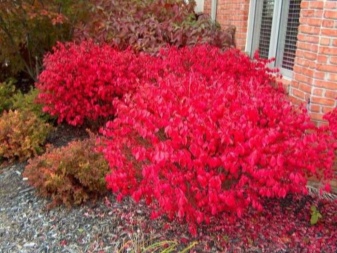
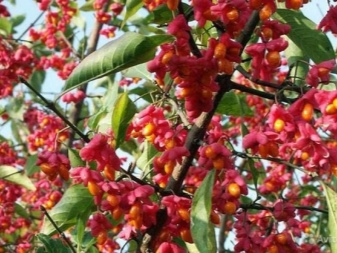
Peculiarities
Warty euonymus (Euonymus verrucosa) is a low wild-growing shrub, reaching 2.5 m in height, belongs to the Bereskletov family. It has a long life span - up to 50 years. Gaining growth for the first 15 years. During this time, it reaches about 1.5 m. In subsequent years, it grows very slowly, and after 30 years of life, its growth stops altogether. Of course, the description of this plant is more like a tree. The presence of loose tissue of black or brown color on the shoots provides it with oxygen supply. Small green foliage by autumn acquires a red-pink color, which distinguishes the bush by its decorative effect. The length of the leaf can vary from 2 to 6 cm. The early leaves are small in size, and the later ones are larger.
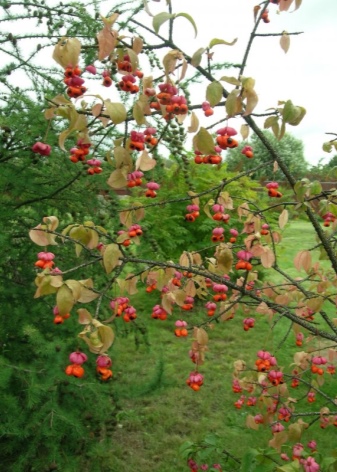

Flowering begins in spring and adorns the plant with pink flowers, which in August-September ripen into small fruits of 8-12 mm in size. In turn, red bolls ripen from the fruits, in which the seeds are located. The seeds do not fall, but hang beautifully on the stalks and resemble catkins. The root system of the shrub has fibrous superficial roots.
The plant is pollinated mainly by flies. They are attracted by the unpleasant smell of the bush. All parts of the spindle tree are poisonous. Only berries are dangerous for humans.

The plant has several varieties: dwarf, Japanese, European and winged euonymus.
Despite the fact that the warty euonymus is very poisonous, it contains many useful trace elements, it is used in folk medicine. Knitting needles, musical instruments, combs are also made from it. The oil contained in the seeds is used to make soap. The seed shells are suitable for the production of natural yellow and brown dyes.


How to plant?
It is recommended to plant the warty euonymus in the spring, when the ground warms up a little. The plant will have time to take root and adapt to winter. Choose a suitable location. It should be slightly elevated to avoid moisture stagnation, and have about 2 meters of free space in diameter.
As for lighting, this plant can grow both in the sun and in the shade, but the priority will be a place with shading at lunchtime, and the rest - without limitation in light.
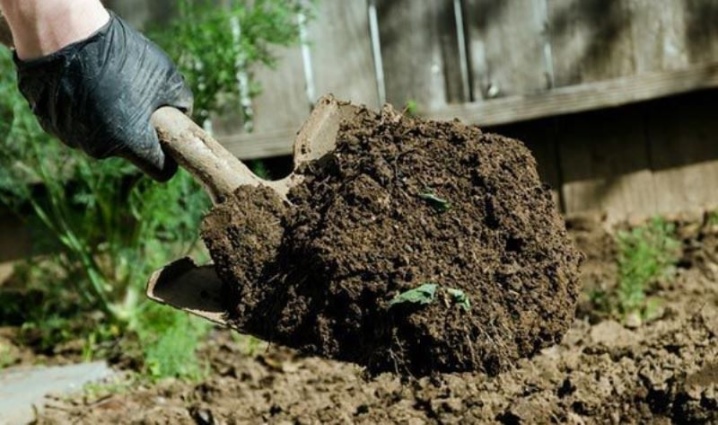
The soil for the plant is neutral or alkaline. It does not grow well in an acidic environment, but this can be corrected by adding lime to the soil. A combination of soil with foliage, sand and humus will be ideal. Prepare a depression in the ground, 2 times the size of the root system. Lay a layer of pebble or expanded clay drainage at the bottom. Sprinkle the drainage a little with a fertile mixture, place the seedling on top so that the root collar is at the level of the soil. Straighten the roots and pour out the rest of the fertile soil. Tamp the soil well around the root and sprinkle with water.
The seedling will quickly take root in a new place if you provide it with good watering for the first month. Once the young shrub has adapted, the frequency of watering can be reduced.
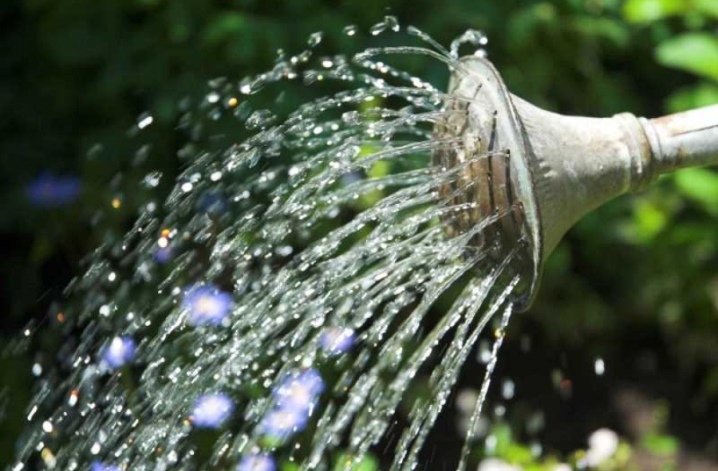
The plant must be transplanted after 5 years. It will already be strengthened, so the change in the place of growth will not affect it in any way.
If you are planning a group planting to create a hedge from a plant, then instead of a single pit, use a common ditch. Pre-clear it of weeds. To obtain a dense plantation, there should be 20-25 roots per 1 m2 of plot. Be sure to mulch the soil near the base of the shrub with foliage or sawdust.

How to take care of it properly?
Warty euonymus is a very adapted shrub to all external factors. But despite this, you should follow some rules for caring for him.
- Watering. This plant is quite drought tolerant, however, it requires moderate, deep watering as the soil dries up, but without stagnant moisture. It is advisable not to use hard water. Use standing or rainwater.
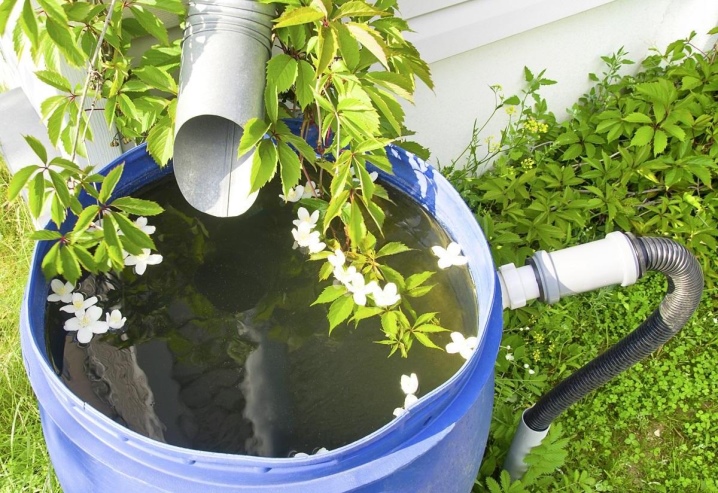
- Top dressing. In a warm period, when the shrub is actively growing, it can be fed with organic fertilizer in spring and mineral summer. This will be enough for the whole year.
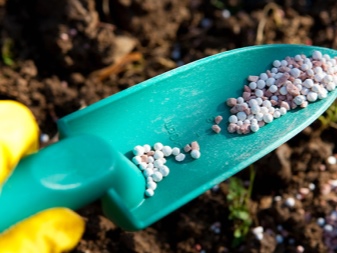
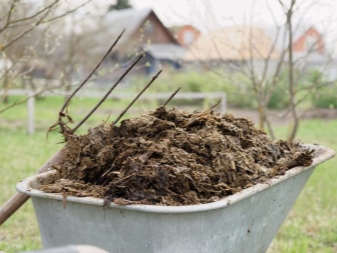
- Pruning. The shrub tolerates pruning favorably. In the spring, they carry out a sanitary procedure, removing frozen and dry shoots, and in the fall they simply create a shape. It is recommended to remove shoots with gloves so that the skin does not come into contact with the poisonous parts of the bush.
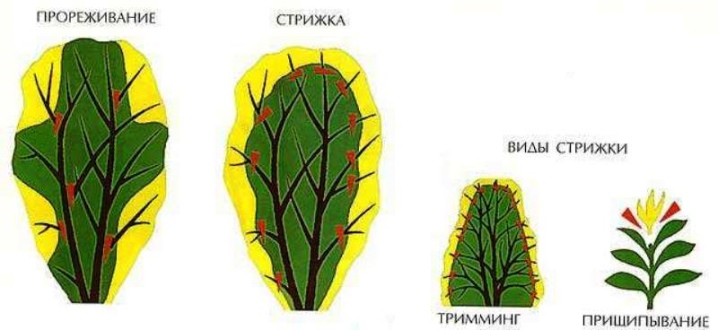
- Preparing for winter. Adult plants do not require shelter for the winter; mulching the root area with leaves or peat will be sufficient. But young plantings up to 2-3 years old can be covered using dry grass or spruce branches.

Reproduction methods
Shrub propagation is possible in several ways.
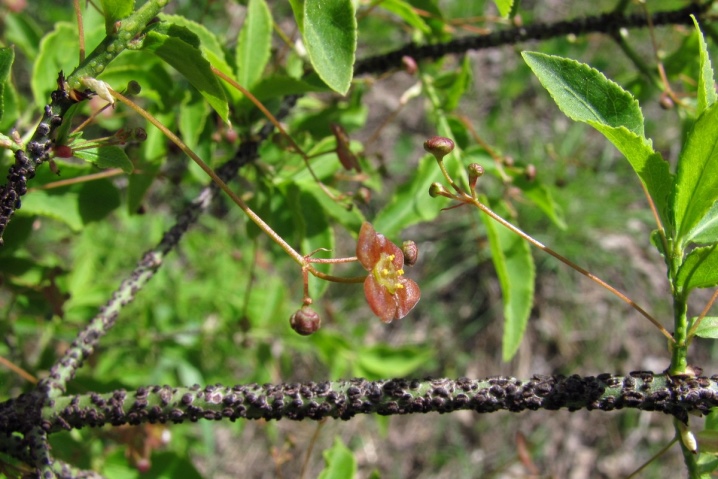
By dividing the bush
This method is suitable for young specimens that have not yet grown and have a small root system. To do this, in spring or autumn, the shrub is carefully removed from the ground and divided into the required number of parts. The top is cut to 2/3 of the length and the cuttings are transplanted to a new place of growth.
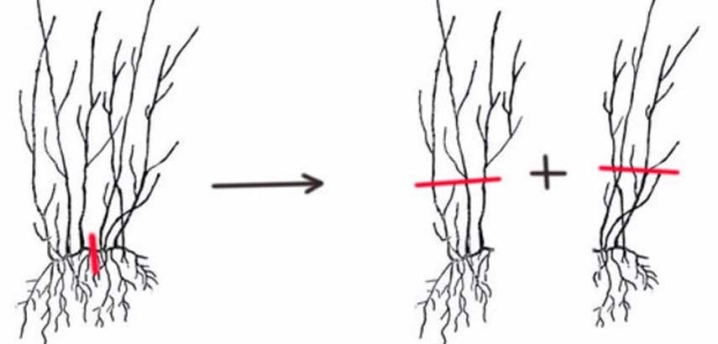
Seeds
A very laborious and time-consuming process. The seeds are separated from the capsules in the fall and disinfected in a manganese solution. Then they are sown in the ground and covered with straw or leaves for the winter. Seedlings will appear in the spring. Only after three years can the plant be planted in a permanent place of growth.
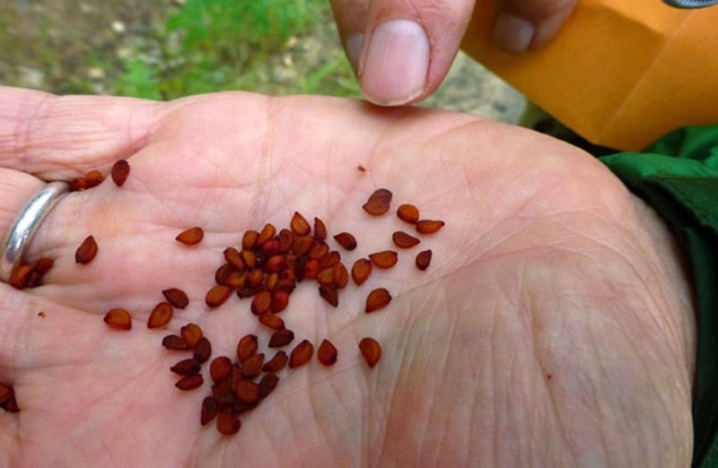
The application of spring planting is more complex. For this seeds are kept in a refrigerator for six months for stratification... They are mixed with sand and left there for storage at a temperature not lower than 10-12 degrees. Only after the shell of most seeds bursts, it is necessary to lower the temperature to 0- + 3 degrees. The next spring, they can be planted in the ground for seedlings.
Cuttings
For this, only young, green shoots cut in summer are suitable. Their length should be 6-7 cm, one must have one internode. Cuttings are placed in a container with soil to a depth of 2-3 cm. The top layer of soil should consist of 2-3 cm of sand. All this is covered with glass or foil to create a greenhouse effect. As soon as young leaves grow (after about 1.5-2 months), young seedlings can be moved to a permanent place of growth.
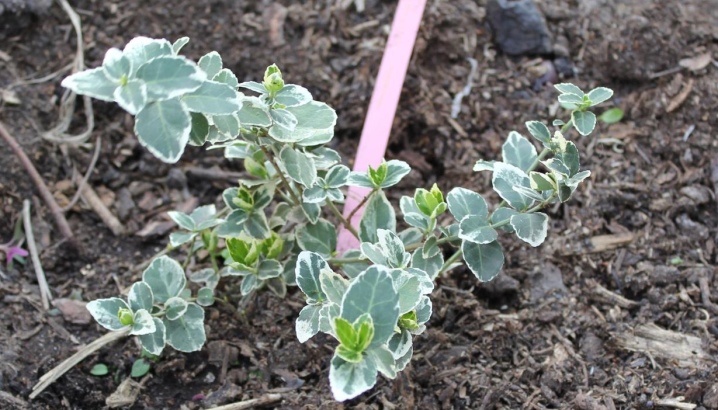
Layers
The easiest and fastest way. To do this, you need to find a side branch and bend it to the ground, sprinkle it with earth and fix it. It is necessary to water the allotted shoot before roots appear on it. After rooting has occurred, the cuttings are separated from the mother bush and transplanted into the place designated for it.
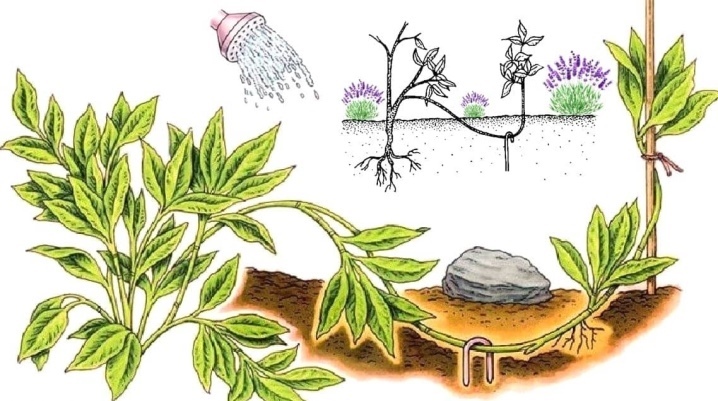
Root offspring
If you have root outgrowths no more than half a meter and no more than 1.5 cm thick, you can use them for reproduction. The length of the root varies from 25-30 cm. Young shoots are separated in the spring, as soon as the ground warms up enough, together with the root ground. They can be planted in the soil for growing or immediately planted in a permanent place of growth.
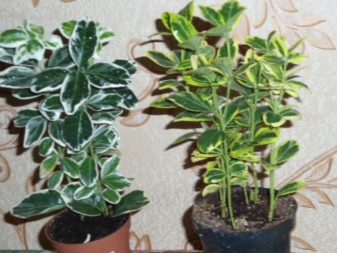
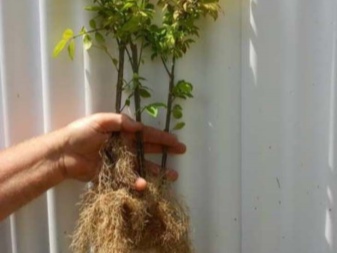
Diseases and pests
Despite the strong immunity and toxicity of all parts of the shrub, the plant is very attractive to insects. It can be scale insects, spider and red mites, aphids, mealybugs. It is because of this that many gardeners refuse to plant a plant in the garden. Caterpillars can attack the euonymus when they are not on the neighboring plantations. This serves as a positive factor, since all pests settle on the euonymus, and they bypass the rest of the plantings. The weevil eats the foliage in the spring. The Euonymus moth eats berries. To combat any insects, spray with an insecticide is used. After 2 sprays, the pests die.
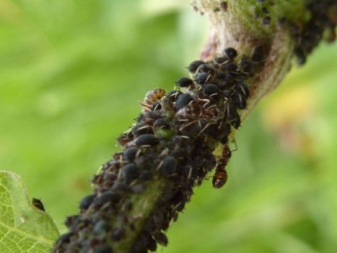
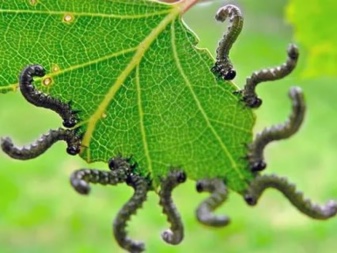
Also, the plant can infect a fungal disease that causes yellowness on the leaves, their further fall, and root rot. Rot appears due to excess moisture. Stopping watering and treating the shrub with any fungicide will help to overcome this ailment.
Due to the long-term dryness of the air, the leaves begin to curl up and dry at the ends. Provide air humidification by spraying for a couple of days and control watering. It should be deep and moderate. If a plant is damaged by a viral disease, and this is extremely rare, it is better to dispose of it, since a viral infection cannot be cured. In the infected area, refrain from planting any crops, because the virus lives in the ground for several years.

Use in landscape design
Warty euonymus is very resistant to severe frosts and sultry heat. He is not afraid of gas pollution in urban areas, so parks are planted with greenery and used as hedges in various institutions. So that the plant does not get lost among other large plantings, it is planted in large quantities. To prevent soil corrosion, the shrub is planted near the steep banks of water bodies and on the steep slopes of ravines.


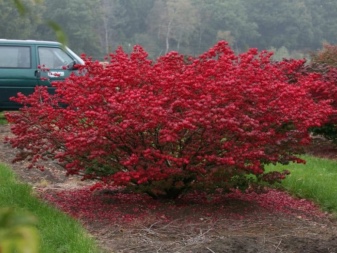

The combination of warty euonymus with conifers will look great. Against the background of evergreen thujas and junipers, euonymus stands out with a change in foliage shades, which will emphasize its decorative appearance. The shrub looks good in single plantings on a green lawn area.
With a little effort to grow this shrub, you will provide your garden plot with an excellent composition for a long time, especially in autumn.
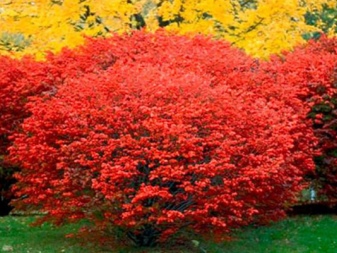
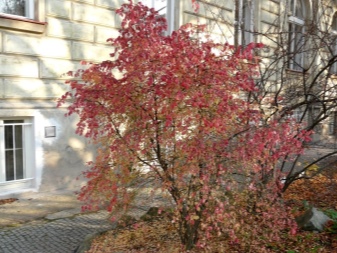
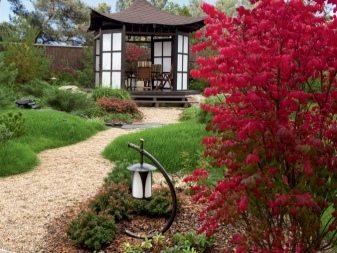
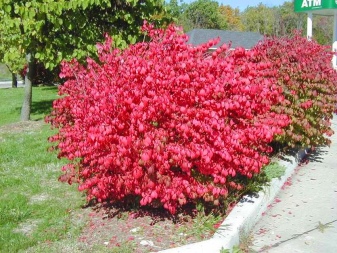
See the next video for how Euonymus looks like.



































































The comment was sent successfully.